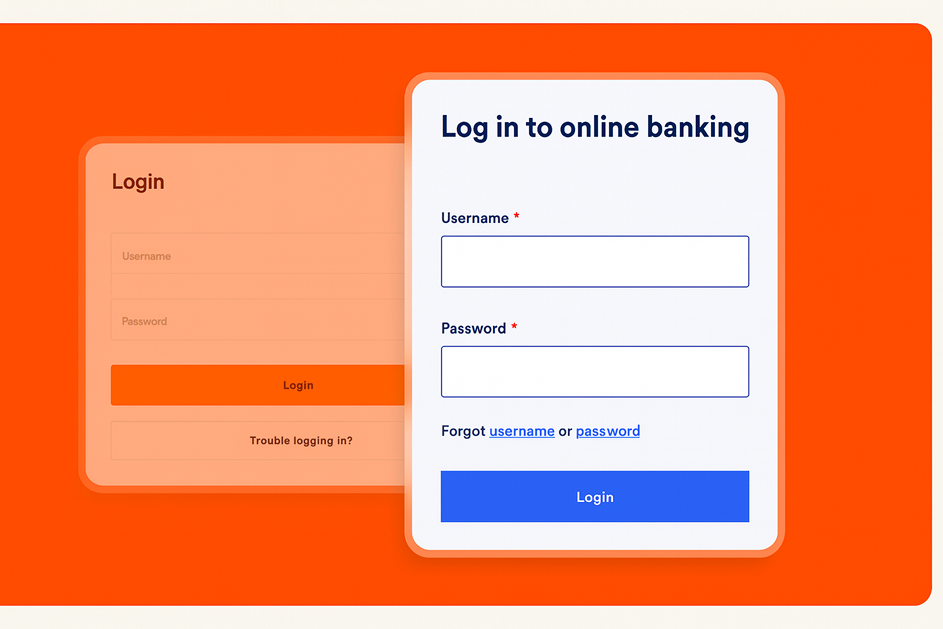Regular employee training can seem like a time-consuming and costly exercise. However, the benefits can massively outweigh the costs, as small and medium-sized businesses (SMEs) up-skill their workforce and grasp new opportunities.
And the data backs this up. In our SME Guide to Success survey of 1,000 SMEs (conducted in February 2020), almost half (47%) of the top-performing businesses that we spoke to said they provide training for their staff at least every three months. This compares to just a third (32%) of SMEs that fall outside of the most successful bracket.
It’s not hard to grasp the benefits of training. People become better at their jobs, which means a productivity gain for the business. They develop new skills, allowing companies to recruit from within for more senior roles, saving on recruitment costs. And it boosts morale. Research by CV Library in 2017 revealed that a lack of development opportunities rated as one of the highest reasons behind job dissatisfaction.
It’s one thing to understand the importance of training, though. An entirely other thing to get the most out of it. We’ve all had to sit through training sessions that we just didn’t see the point of, or taken courses that were interesting in the moment, but tough to put into actually put into practice.
The trick is to look at training strategically and build a formal, long-term plan. This means pausing to find answers to some important questions before wading in. Aliya Vigor-Robertson, Founder of Journey HR, recently led a webinar in partnership with Allica Bank – 'How regular staff training will be a key to success for SMEs' – identifying three simple steps small and medium-sized businesses can follow to implement a training plan that will up-skill your team in the areas that matter.
1. Create a skills matrix
“The starting point for any training plan is to find out what skills the team needs most,” says Aliya. Make a list of every employee in the business and note down all the skills required for that role. This will include functional skills like, say, graphic design, alongside behavioural traits like collaboration.
Next, rate each employee for every skill their role requires. Give them a score out of 5 or a grade from A-E – whatever works for you. This will give you an immediate view of priority training needs for each individual, team, department or even the whole organisation.
It will also identify ‘internal champions’. Employees who are superheroes when it comes to certain skills and attributes could be tapped to train or mentor other colleagues. This can save money and help create bespoke programmes that are tailored to the specific needs of the business.
A skills matrix is a simple exercise that helps you focus on training that you know will have an impact on your business’s bottom line. Watch Aliya's full webinar for a more in-depth breakdown on how to do this.
2. Use a mixture of internal and external training
There are plenty of benefits in recruiting your own people to train their colleagues. But don’t assume your internal champions also have to be charismatic presenters and workshop facilitators.
Some of the best training takes place outside the classroom through coaching and mentoring. This can be done ‘on the job’ or in a more private, structured environment. Also consider informal weekly group discussions around complex issues. These can be great for collaborative problem solving.
Alongside this, there’s always a case for outside help. Sometimes you need an expert to deliver focused training on complex topics. These professionals can (or should!) be relied upon to provide up-to-the-minute, detailed content in a way that engages your team and brings the subject to life.
More and more training is being delivered online – either ‘live’ or on demand. Your staff can find time for essential training when it makes most sense, i.e. when they’re not busy or need a break.
E-Learning is easy to roll out to an entire department or workforce, too, especially when working remotely. It’s also a cost-effective option if you’re a business that experiences a lot of turnover. While modern on-demand training is driven in large part by video, which we know is the best way to engage people outside of face-to-face contact.
3. Make your training as sticky as possible
The value of training isn’t measured by engagement, fun or even relevance. The objective is for your employees to become more productive or introduce new skills into the workplace. If you’re not implementing your learnings, what’s the point?
This is where communication comes in. It starts before the session takes place – managers should explain why this training matters and what’s expected of people as a result. Get feedback immediately after the session and assess whether the training has taken root.
Encourage your employees to plan how they’ll implement the learnings. This could be a diary or one of the digital tools that’s already part of their ‘stack’ that reminds them to incorporate the new skills into their daily working life.
Perhaps attendees can buddy up with an internal champion or colleague in a different department who’s been through the same training. Together, they can ask and answer questions and share ideas on how to make practical use of what they’ve learned.
Our SME Guide to Success research shows that training is by no means a nice-to-have. By up-skilling your small business’s workforce, you can improve productivity and open up new opportunities for innovation and growth. The best training programmes are proactive, strategic and measurable. By adopting the three principles we’ve outlined here, you stand a great chance of igniting lasting and meaningful change.
We hope you found this overview of to build a strategic employee training plan useful. For more insight, examples and a full Q&A, watch the full webinar – 'How regular staff training will be a key to success for SMEs' – by Aliya Vigor-Robertson here.





